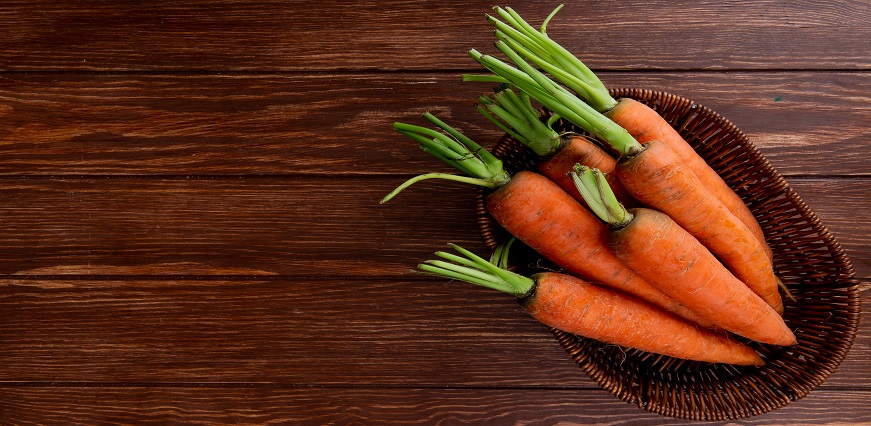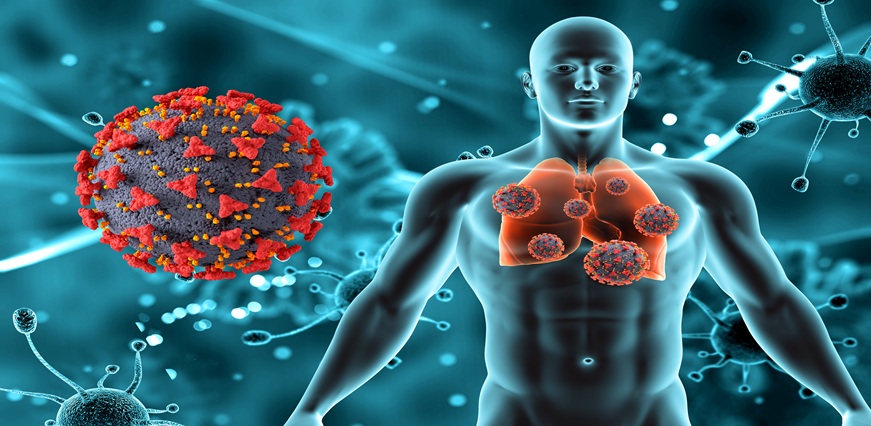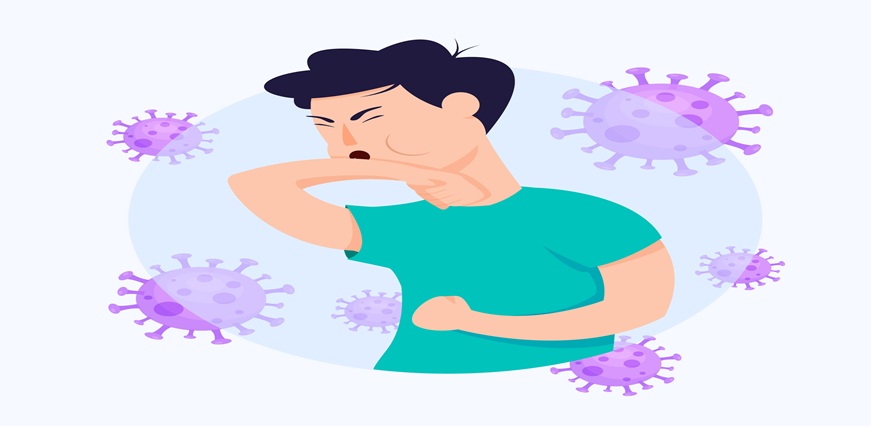There’s no doubt about it: antioxidants are essential for our overall health and well-being. Antioxidants are beneficial compounds that help protect cells from damage caused by free radicals, which can lead to various diseases and illnesses. So, what foods should we be eating to get a good dose of antioxidants? The answer is simple: lots of fruits and vegetables! In this blog post, we will discuss some examples of antioxidant-rich foods and why they are so important for our health. Read on to learn more about how you can boost your antioxidant intake with delicious and nutritious food choices!
What are Antioxidants?
Antioxidants are molecules that help protect your cells from damage. They scavenge harmful toxins called free radicals, which can lead to cell death and disease.
There are many different types of antioxidants, but some of the most common are vitamins A, C, and E. You can get these vitamins from eating a healthy diet that includes plenty of fruits and vegetables. Antioxidant-rich foods include oranges, tomatoes, spinach, kale, berries, and peaches.
In addition to eating a healthy diet, you can also take supplements to ensure you’re getting enough antioxidants. However, it’s important to talk to your doctor before starting any supplement regimen, as some vitamins can be toxic in high doses.
The Benefits of Antioxidants
The benefits of antioxidants are many and varied. Antioxidants scavenge harmful toxins and byproducts that can damage cells, leading to inflammation. They also help to repair cell damage caused by these toxins, protecting cells and tissues from further damage. In addition, antioxidants boost the immune system, helping the body to fight off infection and disease.
Foods that are High in Antioxidants
Antioxidants are important for our health because they help to protect our cells from damage caused by free radicals. Free radicals are unstable molecules that can cause oxidative stress, which has been linked to a variety of chronic diseases including cancer, heart disease, and Alzheimer’s disease.
Antioxidant-Rich Foods Examples
Antioxidants are essential for keeping our bodies healthy. Not only do they protect our cells from oxidative damage, they also boost our immune systems and prevent disease. But with so many different types of antioxidants out there, it can be difficult to know what foods contain them. That’s why we’ve created this article: to help you identify the best sources of antioxidants and include them in your diet. We’ll take a look at some of the most common antioxidant-rich foods examples, explain how each one works, and provide some delicious recipe ideas for incorporating them into your meals. Read on to learn more!
Broccoli
Broccoli is a cruciferous vegetable that is packed with nutrients. It is a good source of fiber, vitamins C and K, and folate. Broccoli also contains phytochemicals that have antioxidant and anti-inflammatory properties. These properties may help protect against some chronic diseases, such as heart disease and cancer.
Spinach
Green leafy vegetables like spinach are high in antioxidants and nutrients that can help protect your body against disease. Spinach is a good source of vitamins A, C, and E, as well as iron and magnesium. It also contains carotenoids, flavonoids, and polyphenols – all of which are powerful antioxidants. Eating a diet rich in antioxidants may help to reduce your risk of chronic diseases like heart disease, cancer, and Alzheimer’s disease.
Carrot
Carrots are an excellent source of antioxidants, including beta-carotene. Just one carrot provides more than the recommended daily amount of vitamin A. Carrots are also a good source of fiber and vitamins C and K.
Potatoes
Potatoes are rich in antioxidants, including carotenoids and flavonoids. These nutrients scavenge harmful toxins and byproducts that can damage cells, leading to inflammation. potatoes are also a good source of fiber, which helps to keep the digestive system healthy and functioning properly. Fiber is important for gut health because it helps to keep things moving along and prevents constipation.
Artichokes
Artichokes are a type of vegetable that is known for being high in antioxidants. Some of the health benefits associated with consuming foods rich in antioxidants include reducing the risk of chronic diseases such as heart disease, cancer, and stroke. Artichokes are also a good source of fiber, vitamins, and minerals.
Cabbage
Cabbage is an excellent source of antioxidants, with a high concentration of vitamins C and E. Just one cup of cooked cabbage provides more than 100% of the recommended daily value for vitamin C, and 50% of the recommended daily value for vitamin E. Cabbage is also a good source of other important antioxidants like beta-carotene, anthocyanins, and selenium. These nutrients work together to protect cells from damage caused by free radicals, which can lead to chronic diseases like heart disease and cancer.
Asparagus
Asparagus is a nutrient-dense food that is rich in antioxidants. It is a good source of vitamins A, C, and E, as well as selenium and manganese. Asparagus also contains glutathione, a compound that has been shown to protect cells from damage.
Avocados
Avocados are a rich source of antioxidants, including carotenoids such as beta-carotene and lycopene. They also contain polyphenols, which are compounds that can help protect against damage from free radicals. The fatty acids in avocados can also help to reduce inflammation.
Beetroot
Beetroot is a rich source of antioxidants, including betanin and violaxanthin. These pigments give beetroot its deep red color and are responsible for its health benefits. Beetroot is also a good source of potassium, fiber and magnesium.
The health benefits of beetroot include reducing inflammation, improving blood flow, and lowering blood pressure. Beetroot is also a detoxifying food, helping to rid the body of toxins.
While you can eat beetroot raw, cooked, or juiced, the most health benefits come from consuming it in juice form. When juicing beetroot, it’s important to include the greens as they contain chlorophyll which helps to cleanse the blood.
Recipes that are high in antioxidants
There are many recipes that are high in antioxidants. Some examples include:
- Spinach smoothie: This recipe is packed with nutrients and antioxidants. It includes spinach, kale, avocado, banana, and almond milk.
- Berry Beet Bowl: This recipe features berries, beets, and greens. It is high in antioxidants and fiber.
- Antioxidant soup: This soup is full of healthy ingredients like carrots, tomatoes, onions, garlic, and kale. It is perfect for a winter meal.
- Roasted Brussels Sprouts: Brussels sprouts are roasted with olive oil and garlic in this recipe. They make a great side dish or main course.
Conclusion
In conclusion, there are many different types of antioxidant-rich foods that you can incorporate into your diet. From fruits and vegetables to nuts and legumes, these superfoods can provide the additional protection from free radicals that our bodies need to stay healthy. While eating a variety of antioxidant-rich foods is essential for overall health, it's important to remember that balance is key. So make sure to enjoy all the benefits these nutrient powerhouses have to offer by incorporating them in moderation into your meals!
With our offerings in line with government-mandated prices, Maxlab offers full body checkup packages that cover an exhaustive list of tests for a comprehensive diagnosis of your health. Choose from a range of health test packages based on your needs.













 7982100200
7982100200

























 To reach our help desk call 9213188888
To reach our help desk call 9213188888.png)
Comments